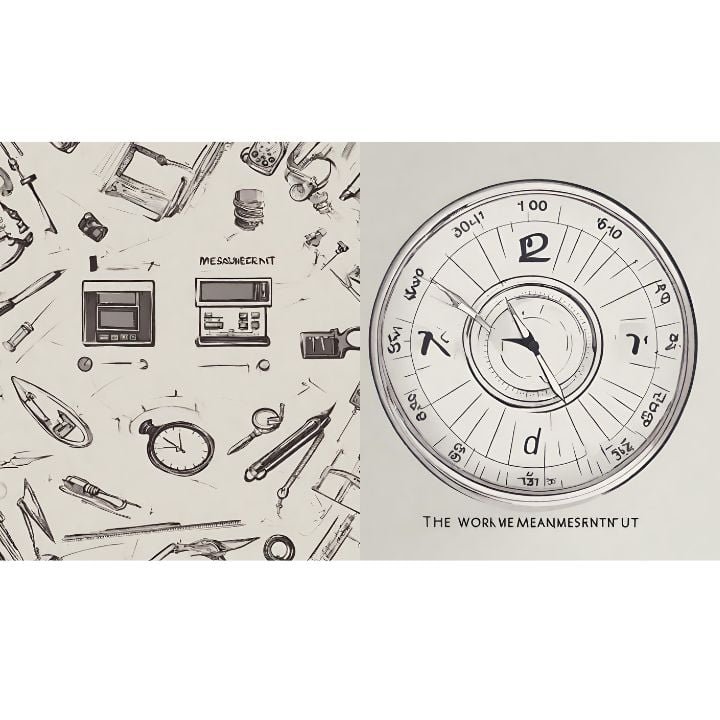In today’s competitive business landscape, efficiency is not just a buzzword—it’s a critical determinant of survival and success. Companies are constantly seeking innovative ways to enhance productivity, streamline workflows, and ultimately, bolster their bottom line. A powerful, often underutilized, discipline in this pursuit is Industrial Engineering (IE). This article delves into how businesses can achieve significant and sustainable Reducing Operational Costs via IE, transforming their operations from resource-heavy to resource-efficient.
Table of Contents
- Introduction: The Imperative of Cost Reduction
- The Power of Industrial Engineering in Cost Reduction
- Key Principles for Reducing Operational Costs via IE
- Leveraging Technology for Cost Savings
- Measuring Success and Continuous Improvement
- Case Studies: Real-World Impact
- Conclusion: A Path to Sustainable Profitability
The Power of Industrial Engineering in Cost Reduction
Industrial Engineering is a branch of engineering that deals with the optimization of complex processes, systems, or organizations. IE professionals work to eliminate waste of time, money, materials, energy, and other resources. Their systematic approach makes them invaluable assets for any organization aiming for Reducing Operational Costs via IE strategies. By analyzing existing operations, identifying bottlenecks, and implementing data-driven solutions, IE practitioners can uncover significant savings that might otherwise go unnoticed.
Key Principles for Reducing Operational Costs via IE
1. Process Optimization
At its core, industrial engineering focuses on making processes more efficient. This involves mapping out current workflows, identifying non-value-added activities, and redesigning processes to be leaner and faster. Techniques like value stream mapping, root cause analysis, and Six Sigma methodologies are frequently employed to achieve this. By removing unnecessary steps or consolidating tasks, businesses can reduce labor costs, decrease cycle times, and improve output quality.
2. Waste Elimination (Lean Principles)
Inspired by the Toyota Production System, lean principles are fundamental to IE. The goal is to identify and eliminate the “seven wastes”: overproduction, waiting, unnecessary transport, over-processing, excess inventory, unnecessary motion, and defects. Implementing lean methodologies directly contributes to reducing operational costs via IE by minimizing resource consumption and maximizing value delivery. For more insights on this, you might explore resources from the Institute of Industrial and Systems Engineers (IISE), a leading professional organization in the field.
3. Supply Chain Efficiency
The supply chain often holds hidden costs. Industrial engineers analyze logistics, inventory management, supplier relationships, and distribution networks to find areas for improvement. This could involve optimizing shipping routes, implementing just-in-time (JIT) inventory systems, or negotiating better terms with suppliers based on accurate demand forecasting. An optimized supply chain reduces holding costs, transportation expenses, and the risk of obsolescence.
Leveraging Technology for Cost Savings
Modern IE increasingly integrates technology to achieve cost reductions. Automation, advanced analytics, artificial intelligence, and the Internet of Things (IoT) provide powerful tools for monitoring performance, predicting maintenance needs, and optimizing resource allocation. For example, predictive maintenance using IoT sensors can prevent costly equipment breakdowns, while AI-driven demand forecasting can minimize inventory carrying costs. This technological integration is a crucial trend in modern manufacturing, echoing discussions found in articles about The Future of Manufacturing.
Measuring Success and Continuous Improvement
Effective cost reduction isn’t a one-time event; it’s an ongoing process. Industrial engineers emphasize the importance of key performance indicators (KPIs) to track progress and identify new opportunities for improvement. Metrics such as cost per unit, cycle time, defect rate, and inventory turnover provide quantifiable data on the impact of implemented changes. This data-driven approach fosters a culture of continuous improvement, ensuring that cost-saving initiatives are sustained and further optimized over time.
Comparative Cost Analysis for a Manufacturing Line
Here’s a simplified example illustrating potential cost reductions:
| Metric | Before IE Intervention | After IE Intervention | Savings (%) |
|---|---|---|---|
| Unit Production Cost | $5.00 | $4.25 | 15.0% |
| Production Cycle Time | 60 minutes | 45 minutes | 25.0% |
| Waste Material (kg/day) | 100 kg | 60 kg | 40.0% |
| Machine Downtime (hours/month) | 20 hours | 5 hours | 75.0% |
This table clearly demonstrates the tangible benefits of applying industrial engineering principles.
Case Studies: Real-World Impact
Numerous companies across various sectors have successfully leveraged industrial engineering to achieve remarkable cost savings. From optimizing hospital patient flow to streamlining logistics for e-commerce giants, IE principles have proven adaptable and effective. A classic example is the application of Lean Six Sigma in healthcare, significantly reducing wait times and improving resource allocation, thereby cutting operational expenses while enhancing patient care.
Conclusion: A Path to Sustainable Profitability
Reducing Operational Costs via IE is not merely about cutting corners; it’s about optimizing systems, eliminating inefficiencies, and fostering a culture of continuous improvement. By embracing the systematic, data-driven approach of industrial engineering, businesses can unlock significant cost savings, improve overall productivity, and gain a sustainable competitive advantage in an ever-evolving market. Investing in IE expertise is an investment in long-term profitability and operational excellence.


